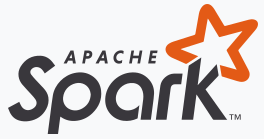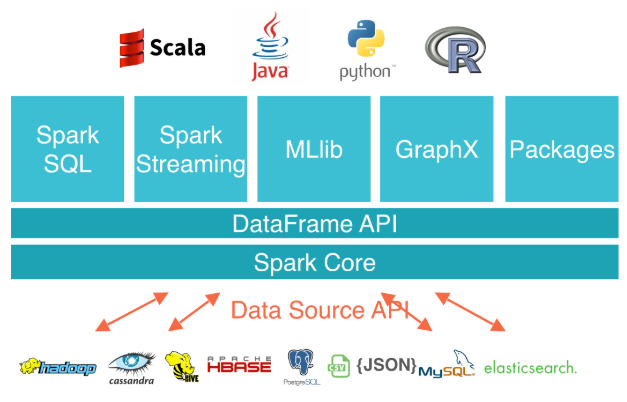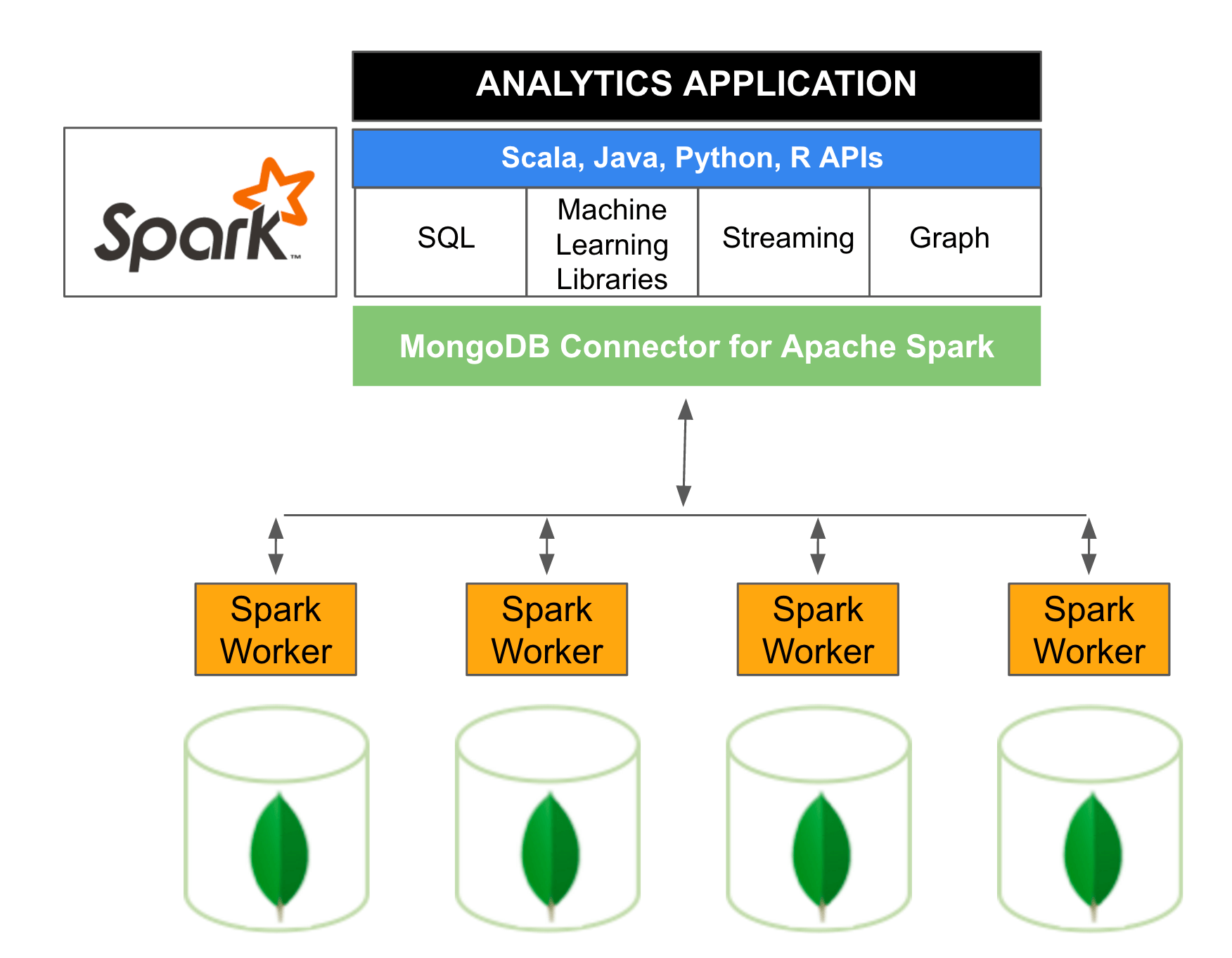Apache Spark is an open-source distributed general-purpose cluster-computing framework.
- Spark was initially started by Matei Zaharia at UC Berkeley's AMPLab in 2009, and open sourced in 2010 under a BSD license.
- In 2013, the project was donated to the Apache Software Foundation and switched its license to Apache 2.0. In February 2014, Spark became a Top-Level Apache Project.
- In November 2014, Spark founder M. Zaharia's company Databricks set a new world record in large scale sorting using Spark.
- Spark had in excess of 1000 contributors in 2015, making it one of the most active projects in the Apache Software Foundation and one of the most active open source big data projects.
- Given the popularity of the platform by 2014, paid programs like General Assembly and free fellowships like The Data Incubator have started offering customized training courses
Spark provides an interface for programming entire clusters with implicit data parallelism and fault tolerance. Below architecture shows how Apache Spark is composed/interact with other components.
- Apache Spark has as its architectural foundation the RDD(Resilient Distributed Dataset), a read-only multiset of data items distributed over a cluster of machines, that is maintained in a fault-tolerant way.
- The Dataframe API was released as an abstraction on top of the RDD, followed by the Dataset API.
- Spark Core is the foundation of the overall project. It provides distributed task dispatching, scheduling, and basic I/O functionalities, exposed through an application programming interface (for Java, Python, Scala, and R) centered on the RDD abstraction (the Java API is available for other JVM languages, but is also usable for some other non-JVM languages that can connect to the JVM, such as Julia).
- Spark Streaming uses Spark Core's fast scheduling capability to perform streaming analytics. It ingests data in mini-batches and performs RDD transformations on those mini-batches of data. This design enables the same set of application code written for batch analytics to be used in streaming analytics, thus facilitating easy implementation of lambda architecture. However, this convenience comes with the penalty of latency equal to the mini-batch duration. Other streaming data engines that process event by event rather than in mini-batches include Storm and the streaming component of Flink. Spark Streaming has support built-in to consume from Kafka, Flume, Twitter, ZeroMQ, Kinesis, and TCP/IP sockets.
Below diagram is a reference Apache Spark architecture based on MongoDB. The MongoDB Connector for Apache Spark exposes all of Spark’s libraries, including Scala, Java, Python and R. MongoDB data is materialized as DataFrames and Datasets for analysis with machine learning, graph, streaming, and SQL APIs.


